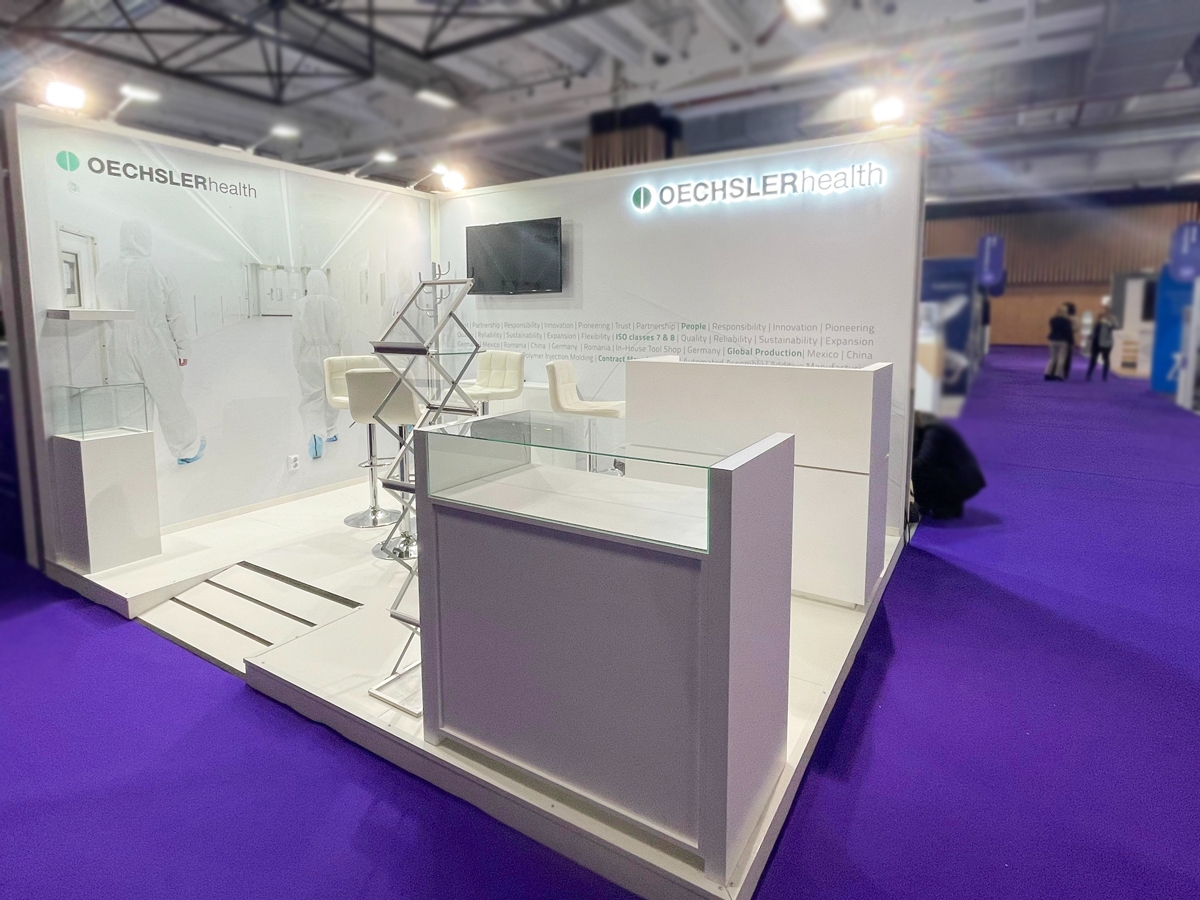PET Film Adhesive: Properties, Applications, and Benefits
Polyethylene Terephthalate (PET) film is one of the most versatile materials in modern manufacturing, offering a wide range of applications in industries from electronics to packaging. However, what truly enhances the utility of PET films in various products is the use of specialized adhesives designed to bond these films securely and effectively.
What is PET Film?
PET film is a type of plastic film derived from polyethylene terephthalate resin. It is a strong, durable, and transparent material, known for its excellent mechanical properties, dimensional stability, and resistance to moisture and chemicals. Due to these properties, PET films are widely used in industries such as electronics (flexible displays, solar panels), automotive (laminated safety glass), and packaging (food and beverage containers).
However, for PET film to be effectively incorporated into many products, it often requires an adhesive to bond with other materials. PET film adhesives are specially formulated to adhere to PET without damaging the surface, ensuring the longevity and functionality of the product.
Types of PET Film Adhesives
PET film adhesives are generally classified into different types based on their composition, curing method, and application. Below are the most common types:
1. Pressure-Sensitive Adhesives (PSA)
Pressure-sensitive adhesives are widely used with PET films because they do not require heat or solvents to bond. They adhere to surfaces simply by applying pressure, making them ideal for applications such as labeling, decals, and films for electronic displays. PSAs are easy to handle, repositionable, and often come in clear, flexible formulations to maintain the transparency of the PET film.
2. Thermally Activated Adhesives
Thermal adhesives require heat to activate and bond to surfaces. These adhesives are ideal for applications where a strong bond is needed, such as in automotive or electronics industries. Thermally activated adhesives can be cured at high temperatures, allowing them to create strong, permanent bonds with PET film, even in harsh environments.
3. Solvent-Based Adhesives
Solvent-based adhesives dissolve in a solvent, allowing them to bond to PET films effectively. These adhesives are commonly used when high-performance bonding is required, and they offer superior strength and durability compared to some other adhesive types. However, they may emit volatile organic compounds (VOCs), so their use is increasingly being regulated in some regions.
4. UV-Curable Adhesives
UV-curable adhesives are ideal for situations where quick curing is essential. These adhesives use ultraviolet light to rapidly cure and bond the PET film to other materials. UV adhesives offer strong adhesion, fast processing times, and minimal environmental impact, as they do not require heat or solvents. They are frequently used in electronics, automotive, and packaging industries.
Key Properties of PET Film Adhesives
PET film adhesives must meet certain criteria to ensure optimal bonding performance. Here are some key properties that make PET film adhesives suitable for a wide range of applications:
1. Strong Bonding Strength
A primary requirement of PET film adhesives is their ability to form a durable, long-lasting bond. Whether used in a packaging application or an electronic device, the adhesive must hold the PET film securely to ensure the product's reliability and performance.
2. Transparency
For applications where optical clarity is important, such as in displays or protective films, PET film adhesives need to be transparent and clear. This ensures that the adhesive does not detract from the overall appearance of the PET film.
3. Resistance to Environmental Factors
PET film adhesives must be resistant to environmental factors such as UV light, moisture, and temperature fluctuations. This is particularly important in outdoor or industrial applications where the adhesive may be exposed to harsh conditions over time.
4. Flexibility
Flexibility is another key property for adhesives used with PET films. Since PET films are often used in flexible applications such as packaging, electronics, or automotive components, the adhesive must remain flexible and not crack or lose adhesion when subjected to bending, stretching, or other mechanical stresses.
https://www.guanhaolabel.com/pet-film-adhesive.htmlPET Film Adhesive: Properties, Applications, and Benefits
Polyethylene Terephthalate (PET) film is one of the most versatile materials in modern manufacturing, offering a wide range of applications in industries from electronics to packaging. However, what truly enhances the utility of PET films in various products is the use of specialized adhesives designed to bond these films securely and effectively.
What is PET Film?
PET film is a type of plastic film derived from polyethylene terephthalate resin. It is a strong, durable, and transparent material, known for its excellent mechanical properties, dimensional stability, and resistance to moisture and chemicals. Due to these properties, PET films are widely used in industries such as electronics (flexible displays, solar panels), automotive (laminated safety glass), and packaging (food and beverage containers).
However, for PET film to be effectively incorporated into many products, it often requires an adhesive to bond with other materials. PET film adhesives are specially formulated to adhere to PET without damaging the surface, ensuring the longevity and functionality of the product.
Types of PET Film Adhesives
PET film adhesives are generally classified into different types based on their composition, curing method, and application. Below are the most common types:
1. Pressure-Sensitive Adhesives (PSA)
Pressure-sensitive adhesives are widely used with PET films because they do not require heat or solvents to bond. They adhere to surfaces simply by applying pressure, making them ideal for applications such as labeling, decals, and films for electronic displays. PSAs are easy to handle, repositionable, and often come in clear, flexible formulations to maintain the transparency of the PET film.
2. Thermally Activated Adhesives
Thermal adhesives require heat to activate and bond to surfaces. These adhesives are ideal for applications where a strong bond is needed, such as in automotive or electronics industries. Thermally activated adhesives can be cured at high temperatures, allowing them to create strong, permanent bonds with PET film, even in harsh environments.
3. Solvent-Based Adhesives
Solvent-based adhesives dissolve in a solvent, allowing them to bond to PET films effectively. These adhesives are commonly used when high-performance bonding is required, and they offer superior strength and durability compared to some other adhesive types. However, they may emit volatile organic compounds (VOCs), so their use is increasingly being regulated in some regions.
4. UV-Curable Adhesives
UV-curable adhesives are ideal for situations where quick curing is essential. These adhesives use ultraviolet light to rapidly cure and bond the PET film to other materials. UV adhesives offer strong adhesion, fast processing times, and minimal environmental impact, as they do not require heat or solvents. They are frequently used in electronics, automotive, and packaging industries.
Key Properties of PET Film Adhesives
PET film adhesives must meet certain criteria to ensure optimal bonding performance. Here are some key properties that make PET film adhesives suitable for a wide range of applications:
1. Strong Bonding Strength
A primary requirement of PET film adhesives is their ability to form a durable, long-lasting bond. Whether used in a packaging application or an electronic device, the adhesive must hold the PET film securely to ensure the product's reliability and performance.
2. Transparency
For applications where optical clarity is important, such as in displays or protective films, PET film adhesives need to be transparent and clear. This ensures that the adhesive does not detract from the overall appearance of the PET film.
3. Resistance to Environmental Factors
PET film adhesives must be resistant to environmental factors such as UV light, moisture, and temperature fluctuations. This is particularly important in outdoor or industrial applications where the adhesive may be exposed to harsh conditions over time.
4. Flexibility
Flexibility is another key property for adhesives used with PET films. Since PET films are often used in flexible applications such as packaging, electronics, or automotive components, the adhesive must remain flexible and not crack or lose adhesion when subjected to bending, stretching, or other mechanical stresses.
https://www.guanhaolabel.com/pet-film-adhesive.html





